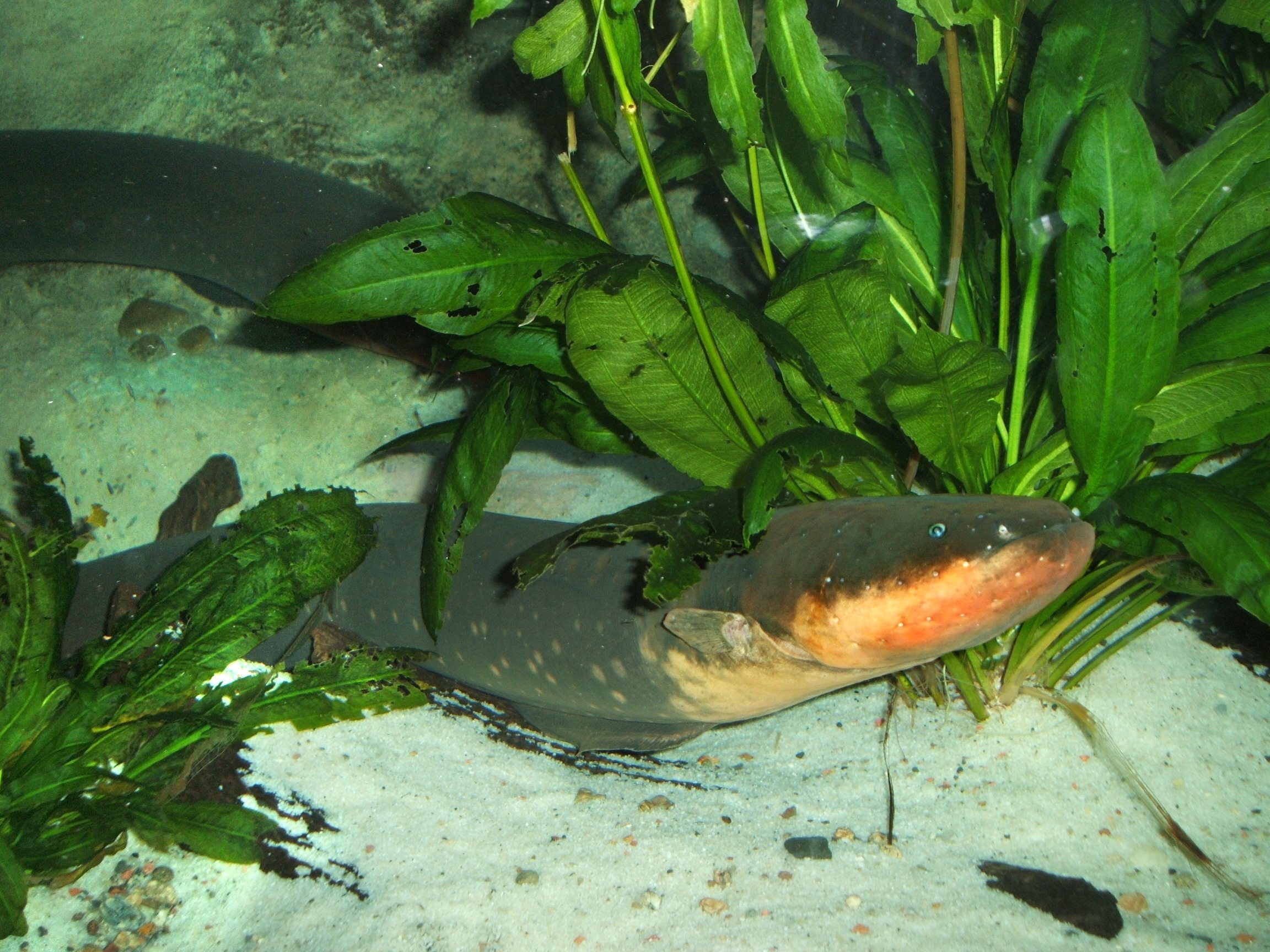Name :Electric Ray
Scientific Name: Torpedo marmorata
FAQ:
- The electric rays are a group of rays, flattened cartilaginous fish with enlarged pectoral fins, comprising the order Torpediniformes. They are known for being capable of producing an electric discharge, ranging from as little as 8 volts up to 220 volts depending on species, used to stun prey and for defense.
- Diet: They feed on invertebrates and small fish. They lie in wait for prey below the sand or other substrate, using their electricity to stun and capture it.
DANGER RATING: 2/5









